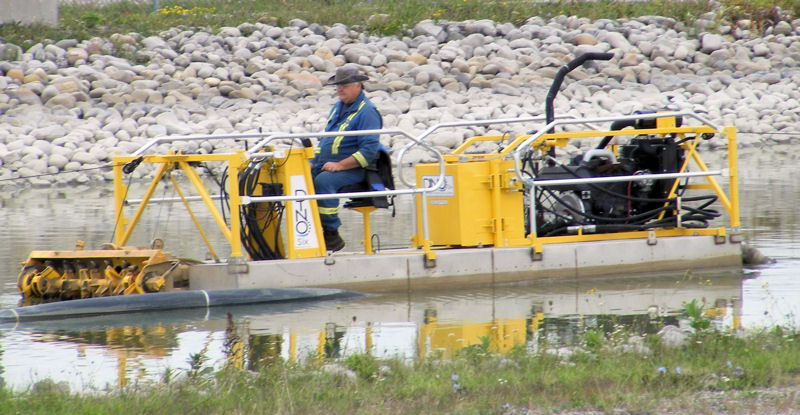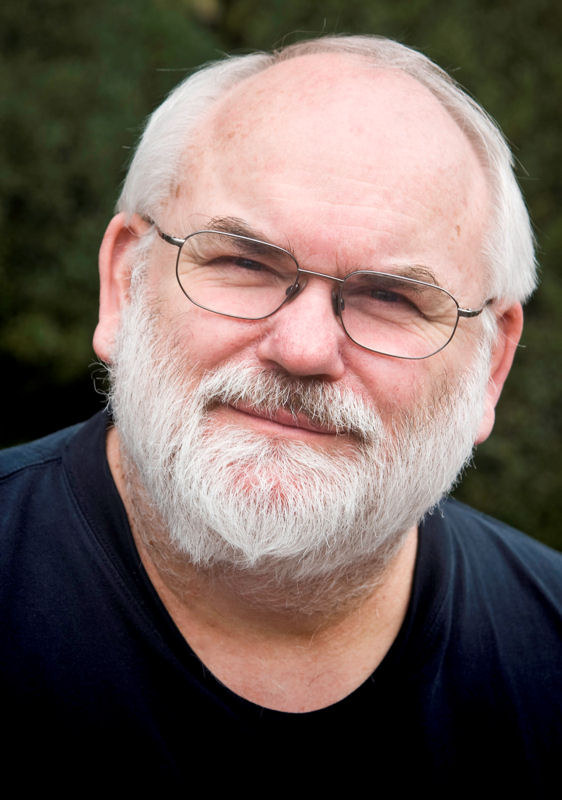| John Seldon, WEF Member and Founder of Temporary Operations and Maintenance Inc.
John Seldon, a Water Environment Federation (WEF; Alexandria, Va.) member since 1980, is founder and president of Temporary Operations and Maintenance Inc. (Port Burwell, Ontario) and a principal of Envir-O-Site Inc. (Sarnia, Ontario). During his career, Seldon has focused on optimizing municipal and industrial solids collection and dewatering systems.Since entering the wastewater field in 1973, Seldon has
|
Government regulatory agencies establish the basis for operator qualifications within their jurisdictions. But what are employers looking for when hiring water resource recovery facility (WRRF) personnel?
An advertisement by the City of Toronto for a wastewater technician required a
- Grade 12 diploma or equivalent as recognized by the Ontario Ministry of Environment, and valid Class IV Wastewater Treatment Operator’s Certificate (obtained by written exam) issued under Ontario Regulation 129/04; or
- minimum 2-year diploma, degree, or certificate from a Canadian college or university in environmental science, biology, chemistry, or an equivalent alternative, as well as the ability to obtain the Class IV certificate.
A successful applicant without the requisite regulatory certification must write and pass the Class I certification exam within 90 days of the start date and, after obtaining the Class I license, subsequently pass Class II through Class IV exams within a fixed time frame.
In searching for an acceptable candidate, the employer advertises first for an individual who meets the Ontario Regulation 129/04 for WRRF operators. However, the employer may hire an unqualified candidate, allowing for a learning on-the-job approach, possibly taking several years. All of us learn “on-the-job,” but should WRRF operator positions be obtained without an expectation of having at least studied their core subject area?
The advertisement also listed 24 job duties that may be performed by the successful applicant, including
- adjusts, inspects, and evaluates WRRF processes and equipment to optimize performance, maintain regulatory compliance, and minimize adverse impacts while considering cost, equipment capabilities, environmental impacts, and operation health and safety;
- collects samples, performs routine tests and analysis, and records results; and
- identifies changes in operational conditions and interprets information to implement corrective actions and/or troubleshoot process issues.
In my view, the “job duty” for a technologist‒operator is summarized by these three responsibilities; here is the heart of the work. Performing these specific duties is of paramount importance. While a number of additional duties were listed in the advertisement, I think they are supporting roles for these primary responsibilities.
Alternatively, these duties could be stated simply as one that requires an operator‒technologist to be responsible for operating the WRRF within the context of its Basis of Design parameters.
Certified technologists needed as operators
The City of Toronto’s advertisement described the position as a “technician” but did not indicate that the position requires a certified engineering technician, let alone technologist, although the former may be implied. It is my assertion that formal certification of such personnel is crucial for establishing a professional operator‒technologist personnel base for water and wastewater treatment systems. In Ontario, technicians and technologists can be certified through the Ontario Association of Certified Engineering Technicians and Technologists (OACETT; Toronto).
Certified Operator‒Technologists

The successful technologist‒operator must be able to manage the many processes and equipment at water resource recovery facilities. This operator is dredging a lagoon. Photo courtesy of Seldon.
A career-specific professional technologist certification designation that reflects the coordinated and specialized working environment of a WRRF or water treatment facility is needed in the long term. This would necessarily dovetail with appropriate community college or university training. WRRF operator–technologist certification would have some overlap with current civil- or chemistry-based technologist certifications but need to include microbiology, receiving-stream ecology, process modeling, basic statistics, and public health awareness courses specific to wastewater treatment.
I am not aware of a WRRF or water treatment facility technologist certification currently available. Until this is established, I believe that individuals hired for this crucial career should hold a technologist credential with as much work-related academic training as possible.
Providing professional certification for technologists in Ontario

Hiring skilled and trained technologists is important for protecting waterways such as Niagara Falls that are receiving streams for treated water. Photo courtesy of Seldon.
I suggest that human resource managers seek certified engineering technologists as part of their hiring practices. Selecting appropriately trained technologists increases the academic expertise of those charged with protecting our receiving streams.
In addition, WRRF personnel need to claim the facility as their domain of expertise and become the primary source for basis of design-operating data gleaned from daily experience. They must operate facilities based on current and historical observations rather than being directed from a senior-level administrative paradigm.
If new employees start with more knowledge and work with a basis of design-working paradigm, immediately the operating dynamic at WRRFs shift from a top-down to bottom-up approach. If you are a prospective employer, check out https://laborlawcc.com/california-labor-law-posters-state-and-federal-combo.html for your rights and liabilities.
OACETT is the recognized organization that certifies technicians and technologists in the province of Ontario. It brings a standardized approach to certifying engineering technologists working in the public and private sectors in Ontario with recognition across Canada for its members. It also maintains a professional relationship with the Association of Professional Engineers of Ontario (Toronto).
I suggest all employers in both the public and private sector stipulate that newly hired WRRF operators have technologist certification and acquire the appropriate regulatory licensing for their jurisdiction.
— John Seldon, WEF Member









November 15, 2013
Featured